
Find out how Rain Games is bringing its forthcoming PS3 title to the handheld
Hey there! It’s Ed from Rain Games, ready to share some great news with all of you people. Not very long ago we had the opportunity to show you Teslagrad, a one of a kind puzzle platformer, where magnetism and electromagnetic powers become the key to unveil the story of the last teslamancer. That is, the little boy that you control!
Our lead developer Peter Wingaard introduced you all to Teslagrad, on which we are currently working for PlayStation 3. But hey, take a look at the comments on that original post. There are two words in there repeating again and again. PlayStation. Aha. And… Vita.

You asked for it, you have it. Today we’re officially announcing the development of a PlayStation Vita version of Teslagrad, which will join the PlayStation 3 version within the PlayStation universe. We are still working out a lot of details, sure, but the release is getting closer and closer.
Want to take a look into what’s happening in our offices in Bergen? Well, read on to hear from Fredrik Ludvigsen, our lead programmer and code teslamancer, to find out more about the process of adapting an indie game to PlayStation Vita, and what makes Teslagrad so special.
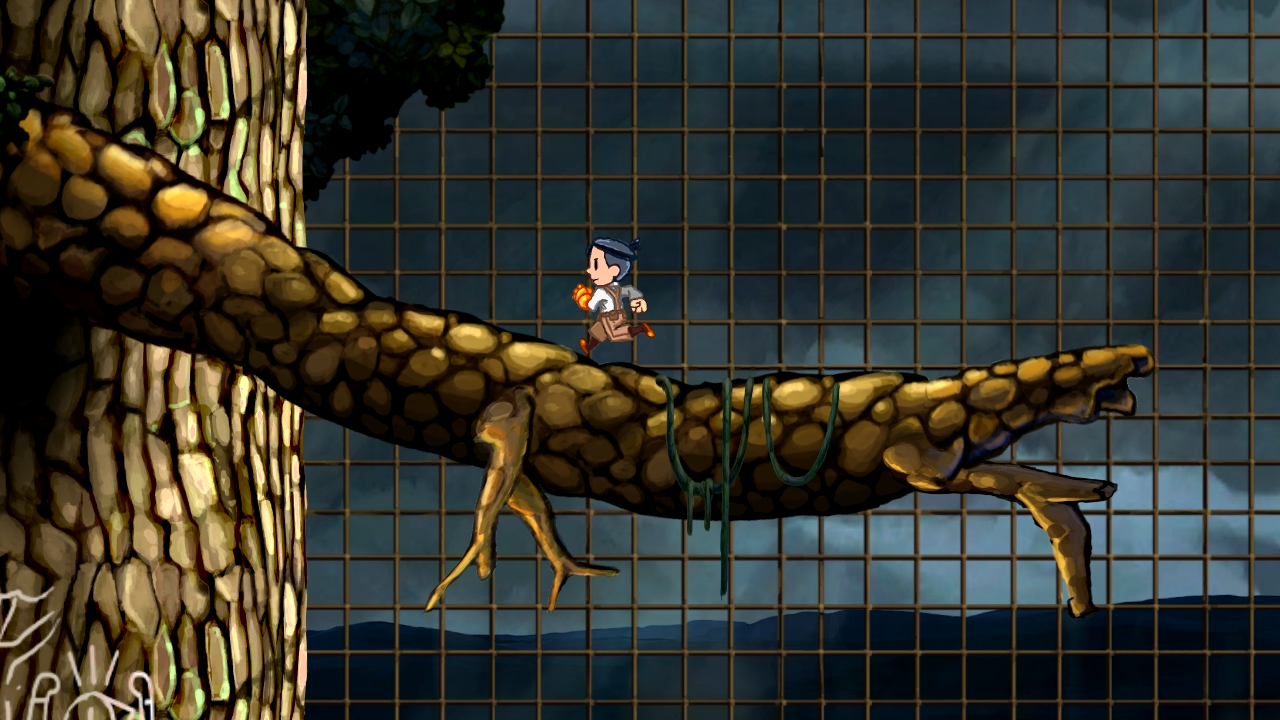
How has the overall porting process gone, Fredrik?
Fredrik: The first surprise when we first saw Teslagrad on PS Vita, was how much worked “out of the box”. That is, as soon as we had cut down the memory usage sufficiently to run at all. The touch screen emulates a mouse pointer, so no work was required there… and the buttons emulated a joystick. As soon as we had updated Unity and the Vita SDK to the latest version, all the shaders were compatible as well.
But that doesn’t mean that the adaptation is free of some challenges…
Fredrik: Almost all PC graphics cards support a sort of “standard shading” directly in hardware, which looks very flat and boring. It makes the environment look like 3D games from the first 3D compatible consoles. The modern consoles don’t support this in hardware, so shaders need to be written as small “programs”, instead of referring to standards.
At the moment we’re working on reducing the background loading times, which are much more visible on other console versions than on the PC. This might be connected with system architecture, but it could also relate to CPU capacity. We’re optimising whatever unnecessary CPU usage we can. I’ve been trying to create a framework for offloading work to other threads than the main thread. Unity has no framework for this job, so I’m trying to write my own. This will enable us to take advantage of multicore architectures. The first offender to try our framework will be the magnetism calculations.
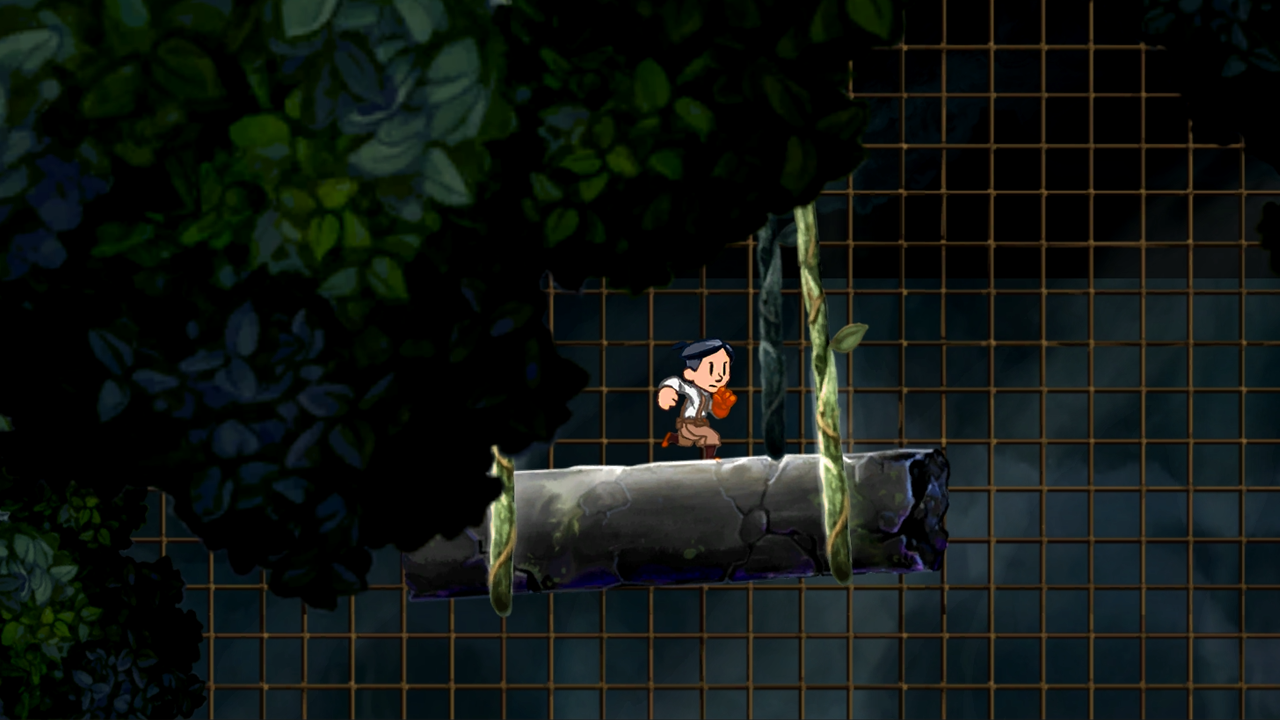
Why is PlayStation Vita the right choice for porting Teslagrad?
Fredrik: Luckily PS Vita hardware makes everything easier. For other systems, it’s not strictly impossible to port the game… but just way too much work. I think the key here is the native Unity support. For example, let’s talk about textures and animations. The main character uses something like 15 different texture atlases, depending on how much equipment he’s carrying. Three or four of those simultaneously.
For instance, the suit rim has its own texture atlas, because it needs to be animated. As we decided to support old graphics cards, we’ve gotten rid of our >2048×2048 atlases and textures… which contributes to the number of atlases we use. One of the reasons we use so many pixels for everything, is of course that we have little 3D geometry to help us shape the environment. It’s part of our process.
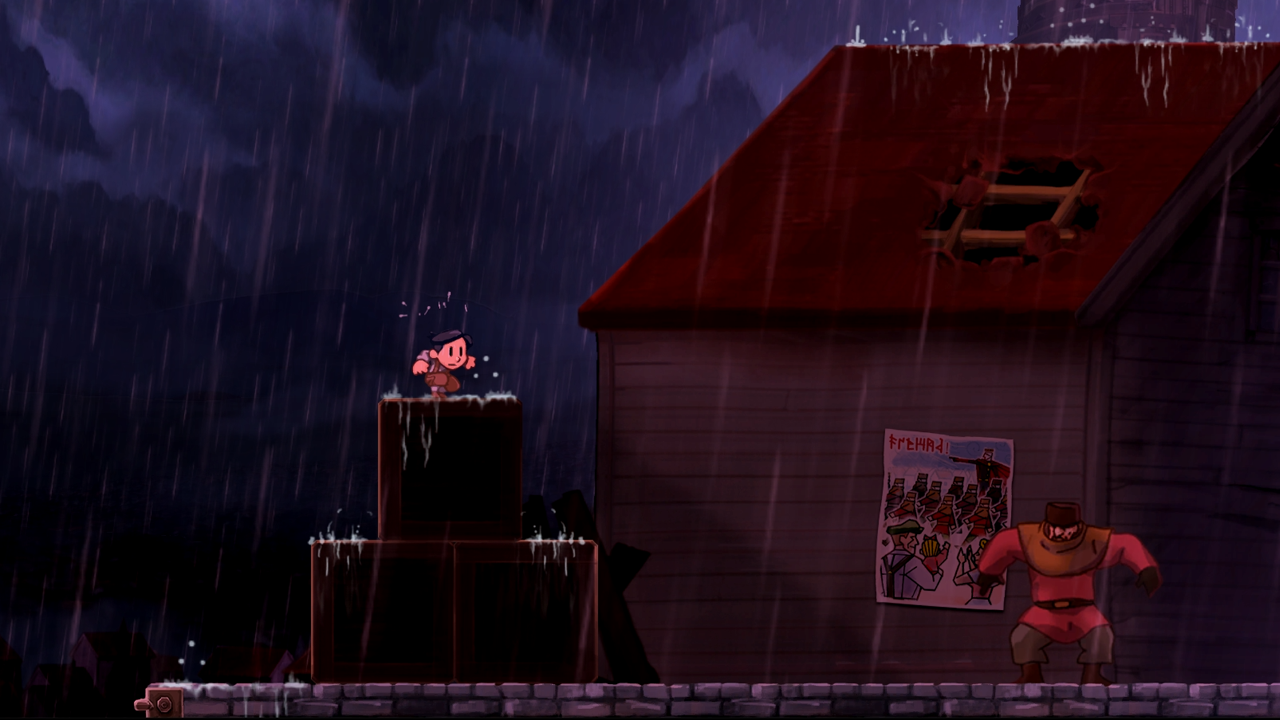
So Unity’s role is important here?
Fredrik: Well, Sony’s efforts for their Unity port has made life for us much easier. When porting to Vita, we’re mostly just having to “shrink” and optimise the game. In terms of the Vita hardware, I’m very thankful that there is 512MB memory on the thing. I expect that our main challenge with the PS3 will be the 256MB memory it has.
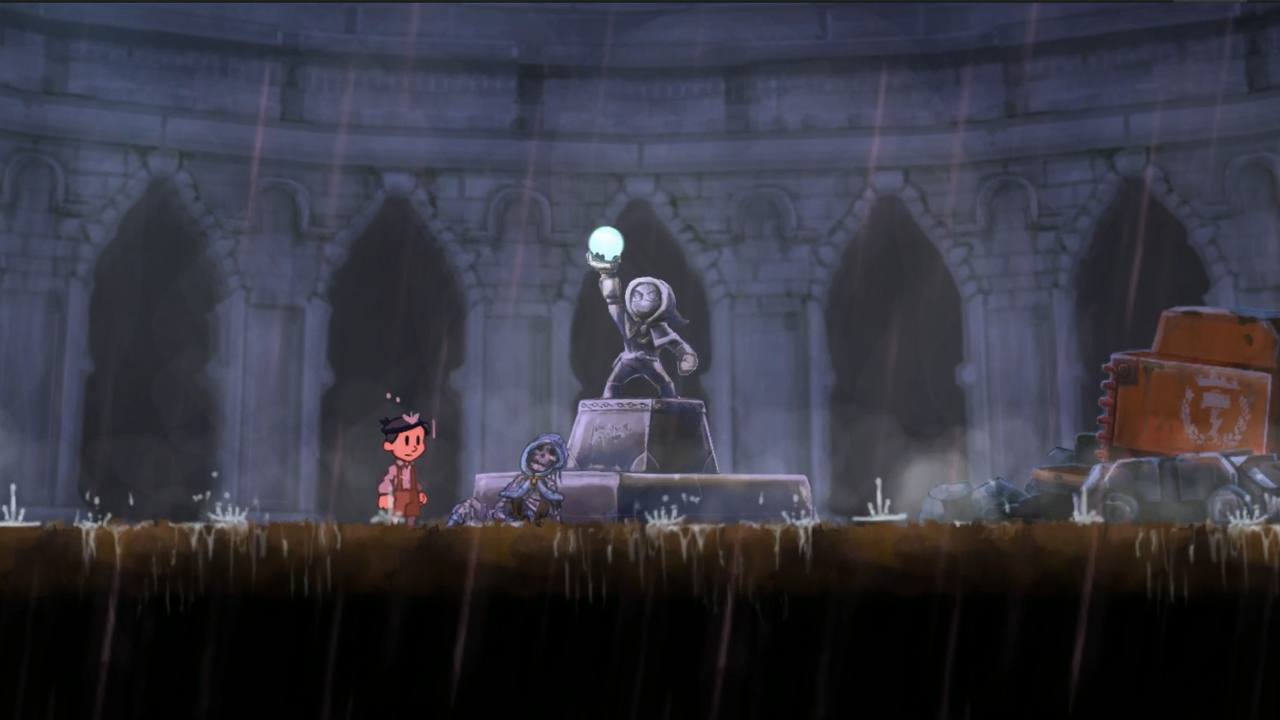
And could you offer us a sneak peek at the new features for the PS Vita version?
Fredrik: The map might get a touchscreen component. The screen resolution on the Vita is not as demanding as the PC platform, which allows us to do a bit of compression without affecting the experience at all. Holding Teslagrad in your hands though, is a bit more of a tactile feeling than playing on a PC. It feels great.
We’ll be back soon with more details about Teslagrad. Also, don’t forget to follow us on Twitter or Facebook to be up to date regarding the unseen Teslagrad. We read and appreciate every comment. See you soon!
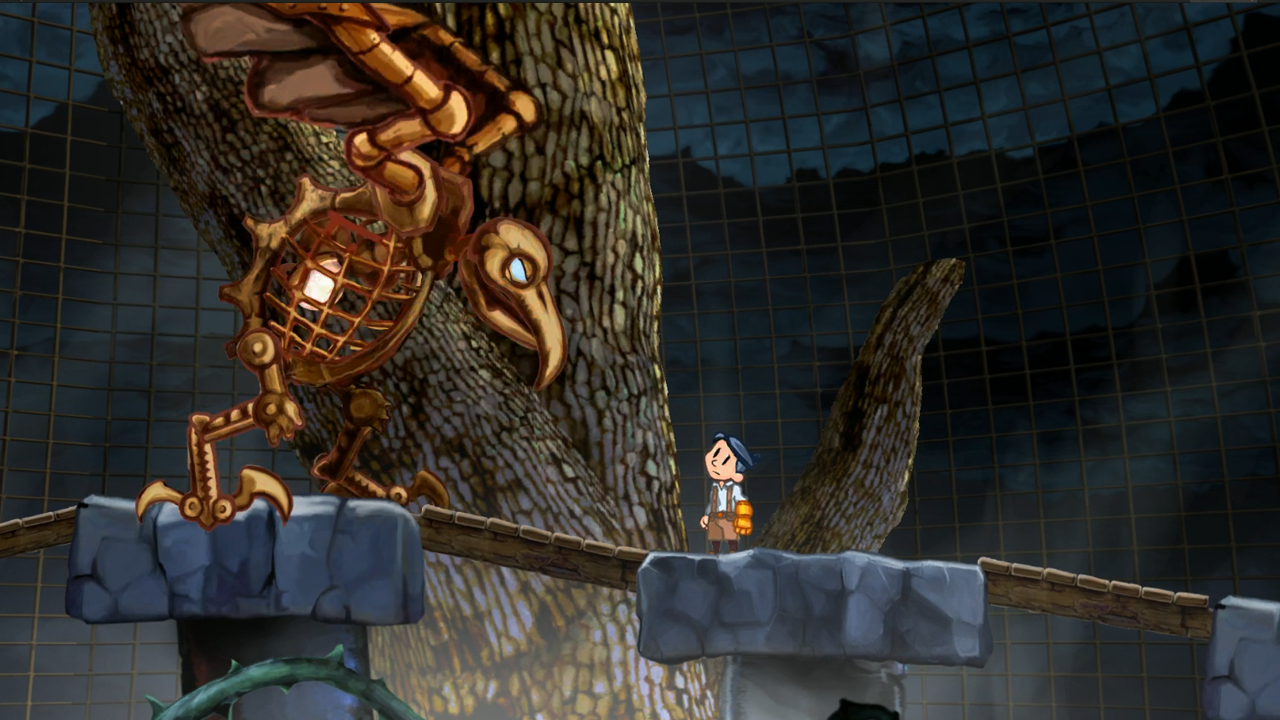
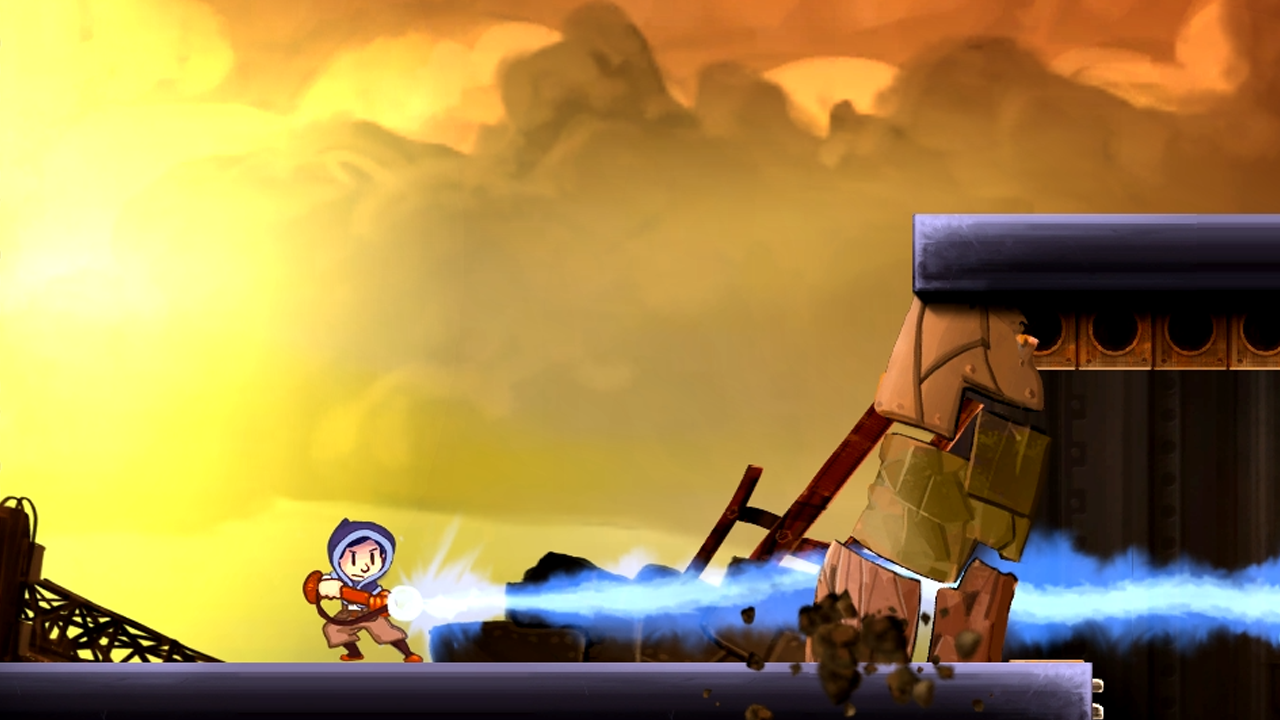



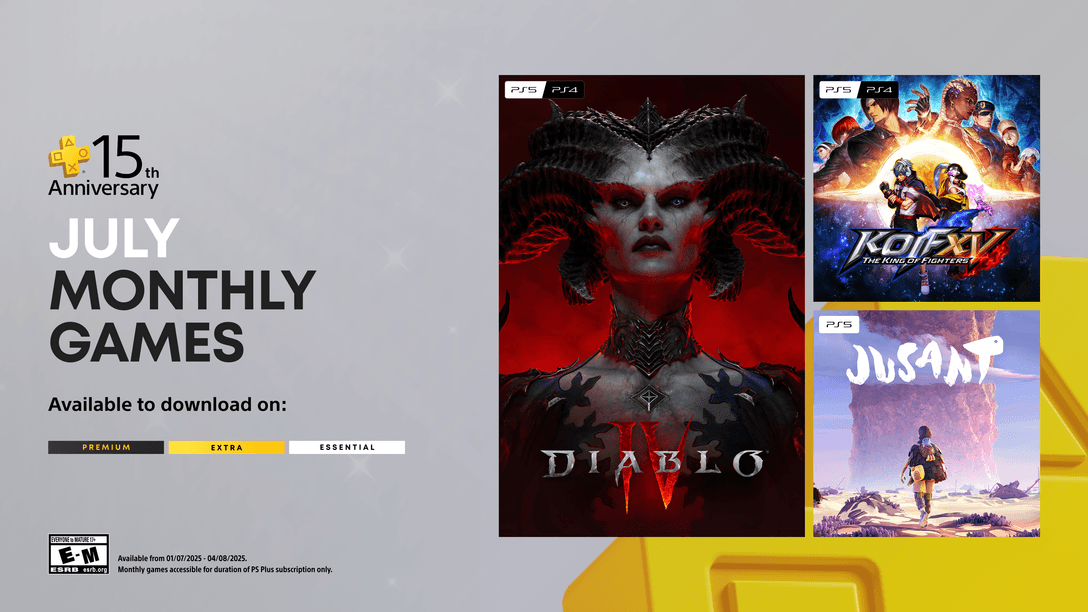

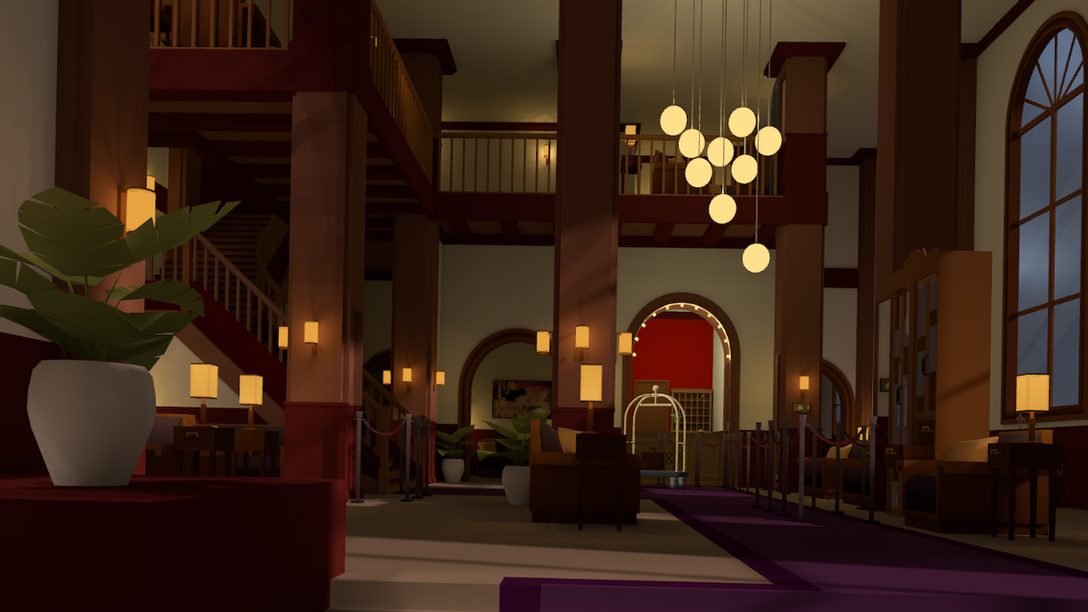





Join the Conversation
Add a CommentBut don't be a jerk!
17 Comments
Loading More Comments